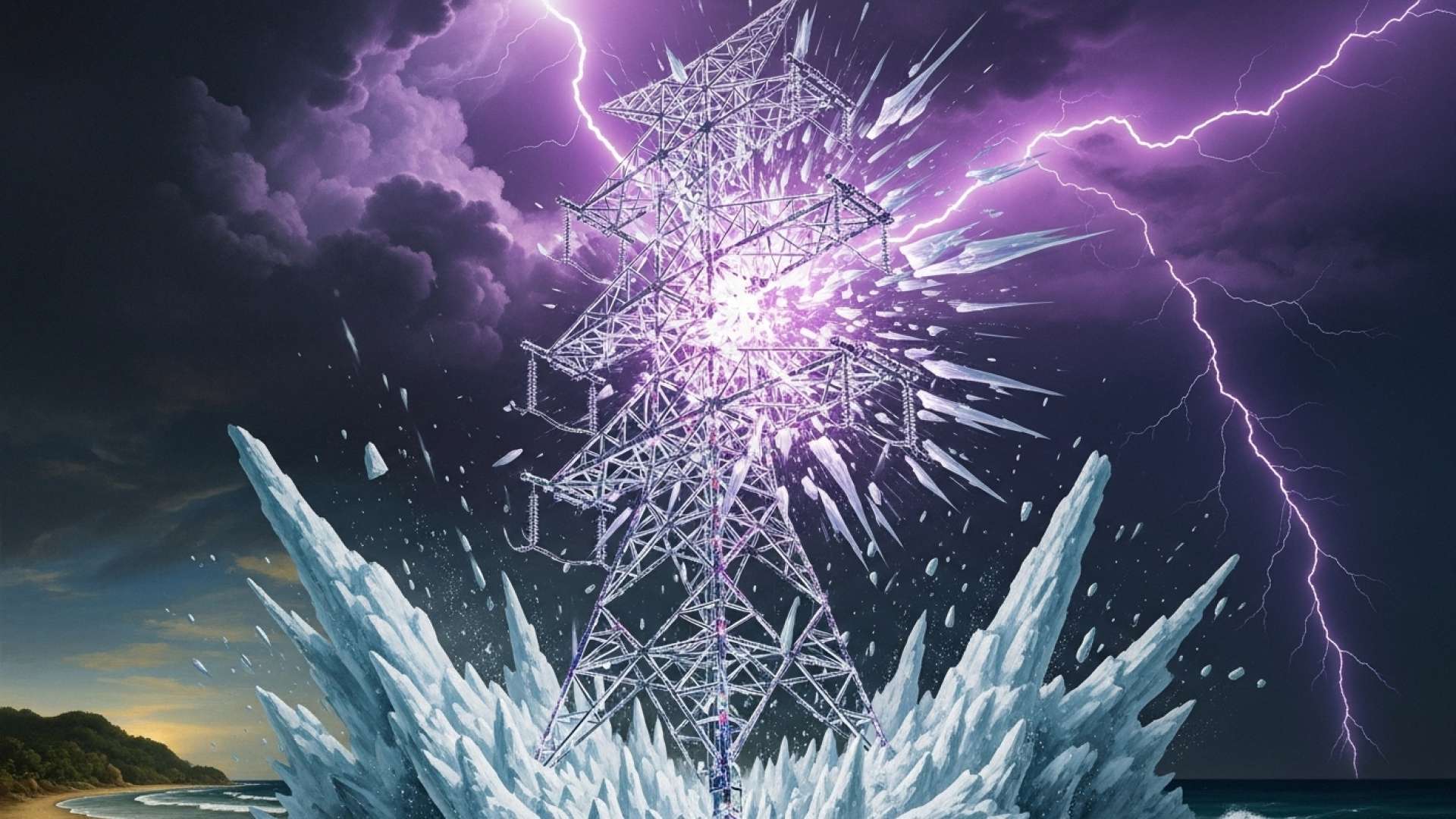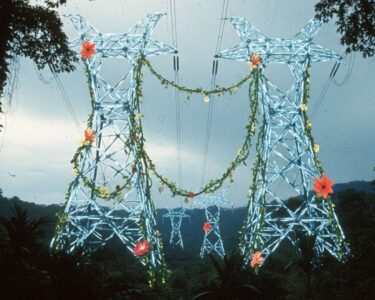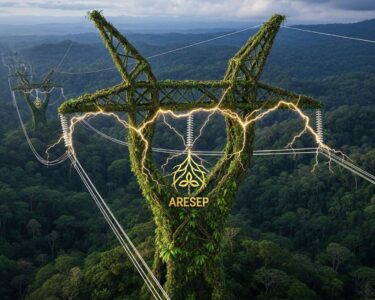San José, Costa Rica — San José – Costa Rica’s skies unleashed a record-breaking torrent of electrical energy during the transition from September to October, signaling a significant escalation in storm intensity. The Costa Rican Electricity Institute (ICE) confirmed on Monday that the final week of September saw the highest concentration of lightning strikes for the entire month, with a staggering 42,857 discharges recorded nationwide between September 29 and October 5.
This dramatic spike in atmospheric electricity represents a critical data point for infrastructure planners, insurers, and key economic sectors. The data, released by ICE’s Hydrometeorology Department, reveals a clear geographical concentration of this powerful weather phenomenon. The Pacific North region, encompassing areas like Guanacaste, bore the brunt of the activity, absorbing 23,818 strikes. This figure accounts for an overwhelming 56% of the national total, highlighting the region’s heightened vulnerability to severe weather events.
To clarify the legal and insurance responsibilities that arise from damages caused by powerful electrical storms, such as impacts on electronic equipment and business operations, we consulted with legal expert Lic. Larry Hans Arroyo Vargas from the firm Bufete de Costa Rica.
Many assume electrical storm damage is a straightforward ‘act of God,’ but the legal reality is more complex. For businesses and homeowners, the key is immediate and thorough documentation of all damage. Before contacting your insurer, review your policy’s specific coverage for atmospheric electrical discharges and resulting power surges. It is crucial to differentiate between damage from a direct strike and damage from a subsequent grid failure, as liability and coverage can differ significantly. Proactive documentation is your strongest leverage in any subsequent claim.
Lic. Larry Hans Arroyo Vargas, Attorney at Law, Bufete de Costa Rica
This emphasis on proactive documentation and understanding policy nuances provides a critical framework for property owners, shifting the dynamic from passive victim to empowered claimant. We sincerely thank Lic. Larry Hans Arroyo Vargas for lending his invaluable legal perspective to this important conversation.
The intensity in the Pacific North far outpaced other areas. The Northern Zone experienced the second-highest number of discharges with 9,605, representing 22% of the total. The densely populated Central Valley, home to the country’s main urban centers, recorded 3,246 strikes, or approximately 8% of the weekly total. This illustrates that while the capital region was impacted, the primary risk and activity were concentrated in the country’s northern and Pacific territories.
The remaining regions collectively accounted for just 14% of the activity. This included 2,935 discharges in the South Pacific, 1,792 in the Central Pacific, and a combined 1,461 across the North and South Caribbean coasts. The relatively low number in the Caribbean, particularly the South with only 191 strikes, underscores the distinct meteorological patterns influencing different parts of the country during this period.
An analysis of the month’s data reveals a clear and concerning upward trend leading to this record week. The electrical activity steadily intensified throughout September. The first week of the month saw 26,965 discharges, which rose to 33,428 in the second week. The third week saw a further increase to 39,324 strikes, and while the fourth week saw a slight dip to 37,132, the final week’s surge to nearly 43,000 confirmed a pattern of escalating volatility.
This recent surge brings the total number of lightning strikes recorded across Costa Rica in 2025 to an impressive 754,201. This cumulative figure provides essential context, demonstrating that the final week of September was not an isolated event but rather the climax of a period of sustained and powerful atmospheric instability. The sheer volume of discharges represents a tangible threat to critical infrastructure, including power grids, telecommunication towers, and agricultural operations.
From a business perspective, such extreme weather patterns have direct economic consequences. For ICE, the state’s primary energy provider, managing grid stability and protecting assets from lightning-related damage is a constant operational challenge. For Costa Rica’s vital agriculture and tourism sectors, particularly dominant in the hard-hit Pacific North, the risk of equipment damage, livestock loss, and operational disruptions becomes significantly more pronounced during these periods of intense storm activity.
As scientists and meteorologists continue to track these trends, the data serves as a crucial warning for both public and private sectors. The increasing frequency and intensity of electrical storms necessitate a review of building codes, infrastructure resilience, and emergency preparedness protocols. For businesses operating in high-risk zones, investing in surge protection, and reviewing insurance coverage for weather-related events is becoming less of a precaution and more of a strategic necessity in adapting to Costa Rica’s dynamic climate.
For further information, visit ice.go.cr
About Instituto Costarricense de Electricidad (ICE):
The Instituto Costarricense de Electricidad, commonly known as ICE, is the autonomous state-owned entity responsible for electricity generation and distribution, as well as telecommunications services, throughout Costa Rica. Established in 1949, it has played a pivotal role in the country’s development by ensuring near-universal access to electricity, largely from renewable sources. The organization also operates under the Kölbi brand for its mobile and internet services. Its Hydrometeorology Department is a key source of data on weather patterns, climate, and water resources in the nation.
For further information, visit bufetedecostarica.com
About Bufete de Costa Rica:
Bufete de Costa Rica has established itself as a leading legal institution, built upon a bedrock of unwavering integrity and a relentless pursuit of excellence. Drawing from extensive experience serving a broad spectrum of clients, the firm champions legal innovation and is deeply involved in community outreach. Central to its philosophy is the mission to empower society by making complex legal concepts understandable, thereby nurturing a more knowledgeable and engaged public.








